“The sequestered situation of this church seems always to have made it a favorite haunt of troubled spirits…To look upon its grass-grown yard, where the sunbeams seem to sleep so quietly, one would think that there at least the dead might rest in peace.”
“On one side of the church extends a wide woody dell, along which raves a large brook among broken rocks and trunks of fallen trees. Over a deep black part of the stream, not far from the church, was formerly thrown a wooden bridge; the road that led to it, and the bridge itself, were thickly shaded by overhanging trees, which cast a gloom about it, even in the daytime; but occasioned a fearful darkness at night.”
“This was one of the favorite haunts of the headless horseman; and the place where he was most frequently encountered.”
-The Legend of Sleepy Hollow, by Washington Irving
To me, The Legend of Sleepy Hollow is sacred childhood lore. I grew up on the wonderful Bing Crosby-narrated Disney adaptation, which I played over and over again til I had memorized it. Looking back, I now realize it was without a doubt the first story I ever encountered that did not end “happily ever after.”
What happened to Ichabod Crane? Did he run away from Sleepy Hollow in terror, or was he killed on the bridge? Who was the headless horseman? Was he Brom Bones in disguise? Or was he a minion of the devil, who did away with the poor town pedagogue with a toss of his flaming jack-o-lantern head? Though my friends and I discussed these conundrums at length, there were simply no conclusions to be reached. And in amongst those unanswerables, we found magic.
If you check the date on the second photograph, you’ll see it was taken on December 1, 2004. I was working my first film job ever, and had been sent to a location north of the city. Traveling up I-87, I suddenly saw a sign for Sleepy Hollow. Though I knew the story took place on the Hudson, I had no idea a town named Sleepy Hollow actually existed. Chills went down my spine, and a detour was without question.
I turned off the exit and onto Route 9, which takes you through Tarrytown, and then Sleepy Hollow (formerly known as North Tarrytown until 1997). A short ways up, I finally hit the bridge and that magic territory the Ghostly Hessian calls home.
Today, the “bridge” is about four lanes wide and spans a brook. The town was decent enough to give some character to the sides of the bridge. The sign halfway across declares it as “The Sleepy Hollow Bridge, Erected To The Memory of Washington Irving.”
This historical marker is found at the northern end, just before the church:
And sure enough, right over the bridge is The Old Dutch Church and its cemetery as described in the story. It is the final resting place of Washington Irving himself, as well as many of the real-life residents who may have inspired the characters in Sleepy Hollow.
The town of Sleepy Hollow plays up its infamy to a reasonable degree. These emblems are adorned on police cars:
And many of the street signs are painted in an appropriate orange and black motif:
If you haven’t read the short story in a while, do yourself a favor and dig up a copy in the dollar bin at your local used book store. Or, if you’re so inclined, read it online for free. Irving was a master, and his vivid imagery brings to mind a New York that no longer exists. Frankly, it’s really annoying when you’re writing a post like this one, as you want to quote every damn paragraph.
And for those of you that weren’t 100% sure, Sleepy Hollow does exist, and so does the bridge. And yes, you must cross it at some point in your life. If for no better reason to visit:
“The immediate cause of the prevalence of supernatural stories in these parts was doubtless owing to the vicinity of Sleepy Hollow. There was a contagion in the very air that blew from that haunted region; it breathed forth an atmosphere of dreams and fancies infecting all the land.”
-SCOUT
PS – For those who wish to retrace Ichabod’s ride, this site offers as good a path as any.

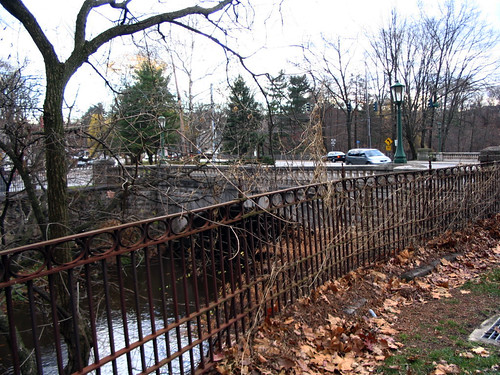
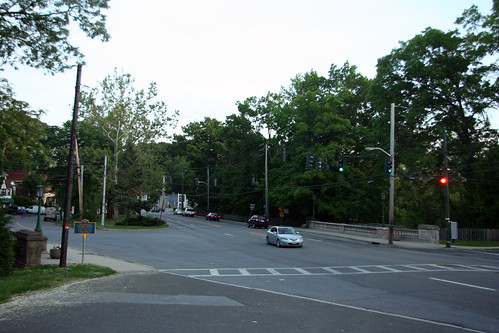



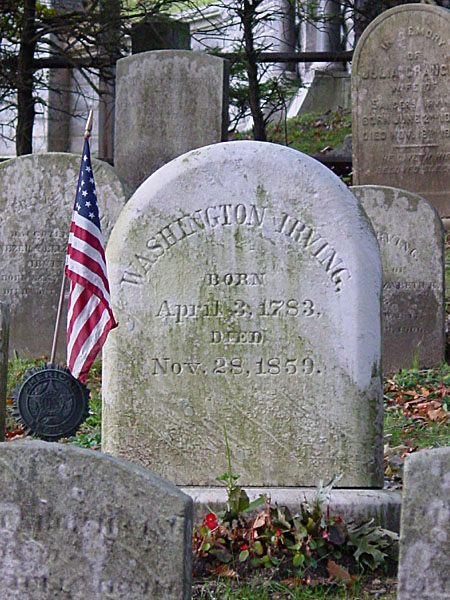
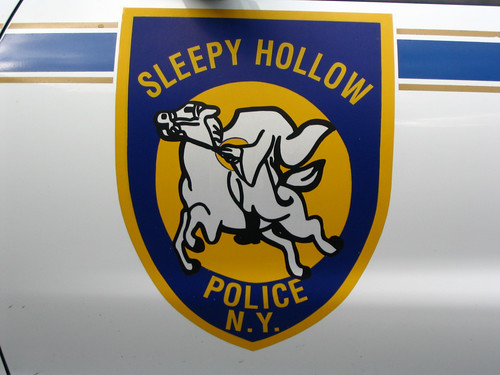
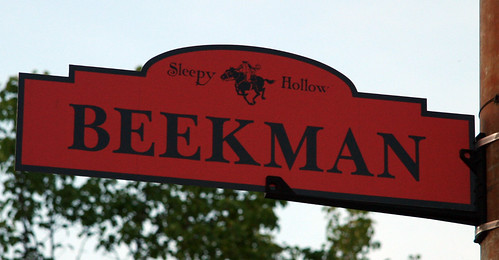
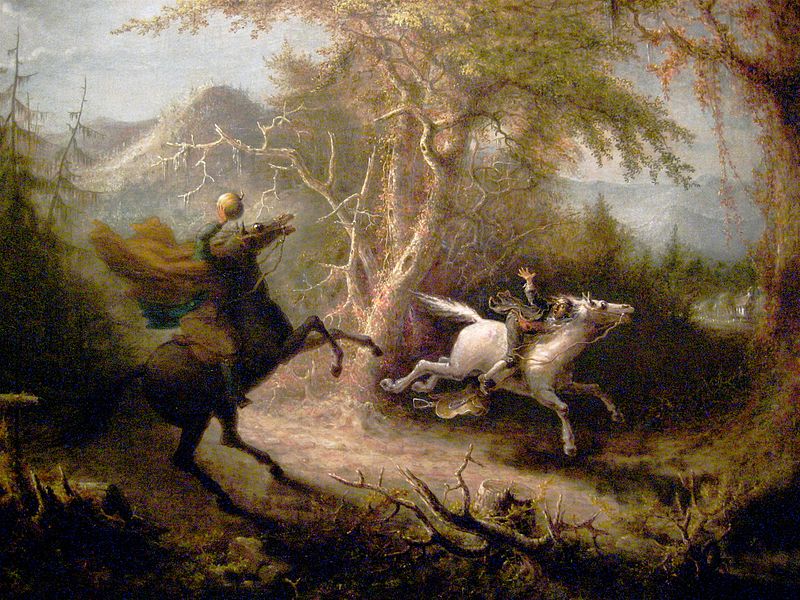

You have really captured the eeriness of that area.
My husband is from the Saugerties/Kingston area. We spent the night there in early spring. I was awakened by a horrific rumbling sound, then a crash. Then it happened again! It was just like the sound of a bowling ball going down the alley, then hitting pins, but very, very loud. My husband, who was perfectly willing to sleep through it as if nothing was wrong, said (sleepily) that it was ice melt in the mountains and it happened every year. This must have been Irving’s inspiration for the dwarves in the mountains playing nine pins from Rip Van Winkle.
A long time ago….an ancestor of my Uncle Raymond…..one Gilliam Bertholf…escaped religious persecution in France…via Germany….then Belgium…landing all the way across the ocean in Hugeunot, Staten Island where he preached in a Dutch Reformed church. Eventually, he found himself pastoring a flock in Hackensack, New Jersey. He would travel on horseback once a month to guest preach in N. Tarrytown/Sleepy Hollow. Thanks for this post. I appreciate all of them….but this one was especially fun.
I love the police emblem… reminds me of the one from Salem, MA:
http://tinyurl.com/m2vm2j
Love your blog. You might be interested to know that not only is Sleepy Hollow a real town, but Ichabod Crane was a real person and his ride ultimately ended right here in New York City. IC is buried in a church cemetery along Richmond Avenue on Staten Island. I don’t know the name of the church, but it is a white wooden building with an obviously ancient graveyard right beside it.
That’s really cool!!!!! I didn’t know that Sleepy Hollow really existed!!!!! That’s really very fascinating to me!!!!!
This was fun to read! Thanks! Guilliam Bertholf was my 9th great grandfather. If you get a chance take a guided tour of the Church and cemetery on a weekend. It is very interesting.
This is not the only Sleepy Hollow in the United States. I grew up in this town. The only thing it has to do with the story is that they named some of the streets after characters from the story and some other little things around the village.
http://en.wikipedia.org/wiki/Sleepy_Hollow,_Illinois